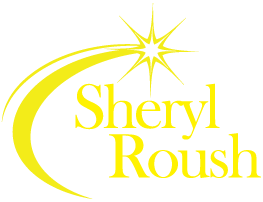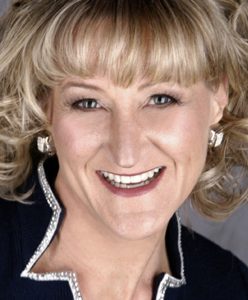Media Interview Tips: Live Interviews
DURING LIVE INTERVIEWS:
Be in the moment. Don’t think about what you did this morning, or what you have to do next.
Give the journalist your full attention, and make them feel as if they’re the only person in the world.
Always assume that you are on the air (or being recorded), even if you are told you are off.
ASSUME THE MICROPHONE IS “ON” UNTIL YOU HAVE PHYSICALLY REMOVED IT FROM YOUR PERSON … AND ASSUME THAT THE CAMERA IS “ON” EVEN IF IT SEEMS TO BE SITTING ON A TABLE OR THE OPERATOR IS CARRYING IT OUT OF THE BUILDING. (OPERATORS CAN DISABLE THE RED ‘RECORDING’ LIGHT TO HIDE THE FACT THAT THEY ARE STILL RECORDING.)
Talk in shorter sound bites — generally 1-2 minutes in a response at a time is perfect. Speak in succinct statements.
When you are done with an answer, STOP. The reporter will often stay silence as if waiting for you to say more.
Look directly at the interviewer – not into the camera.
Don’t look around the room for an answer.
(On camera it gives the impression of discomfort, bluffing, lack of preparation/knowledge or desperation.)
Listen to the question, repeat it – or paraphrase it – into your answer…
Listen carefully to the questions being asked by the media. Answer only what they are asking.
Do not to wander or talk about unrelated topics. Stay on topic, and give clear, concise answers.
Speak clearly and loudly so the microphone can pick up your voice.
Enunciate so your words are understood.
Spell your name for the reporter (Ashlie, Ashley).
If you’re asked a question that is off-point, have a generic transition line memorized to bring you back to the point you need to make – “That’s a good point and…(your then add your sound bite).”
When filmed for TV, avoid making a lot of hand gestures near your face.
This can make distracting, unusable footage. In tight shots (facial) keep your hands still at your sides.
Keep your head straight – not tilted to one side – which gives away power and credibility.
Keep your shoulders fairly still – without rocking or twisting.
Give facts about your area of expertise… or your passionate involvement in this newsworthy event.
If a question is unclear, or you did not hear it, ask for clarification or context before answering the question.
This can prevent information from being misconstrued or misinterpreted.
If you really don’t know the answer, DO NOT TRY TO FAKE IT.
“NO COMMENT” is not an option. If a situation gets difficult, get the interviewer to your Director, or the
PR Department, and let them field the question. (Some reporters specialize in entrapment, don’t fall prey to them.)
Don’t agree to say anything “off the record.” (It never is….)
Be humorous if appropriate and comfortable. Humor can be one of the best forms of communication.
SMILE when you’re finished. Be silent, giving the film crew a place to cut and edit.
Thank your interviewer. Ask for their business card and send a hand-written Thank You card afterward.
Say positive affirmations to yourself afterward. “I did fantastic. I’m so GOOD! That was FUN!”
What do to BEFORE the event, click here for tips!
-Sheryl Roush, Speaker, Coach
Sparkle Presentations, Inc.Public Speaking and Media Interview Skills trainer since 2000 for the award-winning cheer and dance team, the San Diego Charger Girls. She also coached Melissa Adams, featured on Good Morning America, as a cheerleader who is 85% hearing impaired, January 2012.

